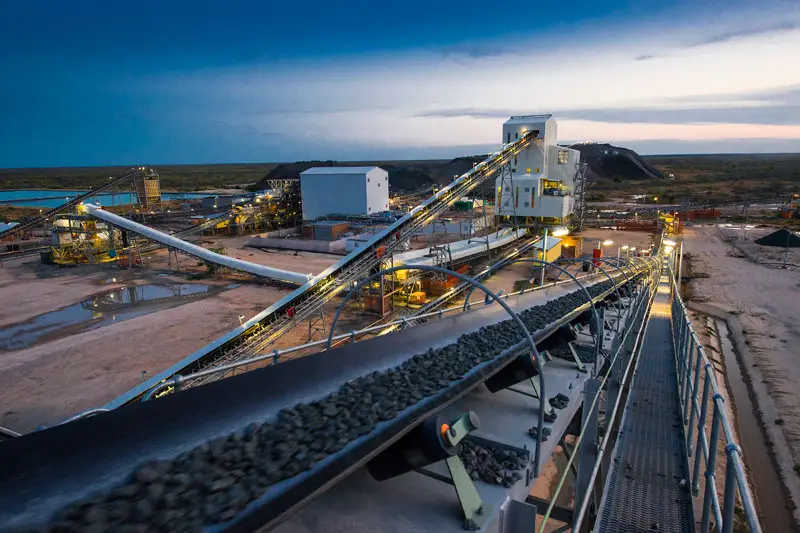WEC Projects has been awarded a contract for roughly US$189,835 to expand the sewage treatment plant at Botswana’s Karowe diamond mine, which is set to cease its open-pit operations by 2026.
Lucara, The Karowe diamond mine in Botswana, is located near the hamlet of Letlhakane in the eastern Kalahari Basin. The mine is located more than 1000 meters above sea level in an area where temperatures average 35°C and water is so limited that the Botswana government has implemented obligatory water conservation regulations for enterprises. After the open pit operations are completed, it will continue to mine underground, extending its operational life until roughly 2040.
Also Read: Jindal Coal Mine in Botswana scheduled for construction in 2022
First sewage treatment Plant at Karowe Mine
WEC Projects built the first treatment plant in 2012, and the new system will be integrated into the existing facility, increasing throughput from 100 to 150 m3 per day to meet the demands of the mine’s growing workforce. This is a fairly uncommon feature for a mine. Wayne Taljaard, general director of WEC Projects, stated that such reed bed wetlands are usually developed for much larger facilities such as municipal sewage treatment and will be a unique feature for the Karowe Diamond Mine.
The government’s mission for water conservation has driven Botswana’s businesses to think outside the box to meet the challenges of doing business in an arid nation. The primary sewage treatment plant will be a WEC Projects Model A treatment plant with an enhanced aeration system that uses traditional activated sludge. The wastewater is filtered mechanically to remove particulates before being treated in a biological reactor with anoxic, aerobic, and clarifying zones.
The water will then reach the reed bed wetland region, where it will percolate through the reed bed, allowing microorganisms to break down pollutants, including sulfur, heavy metals, and chlorine. While the water generated by this procedure is not suitable for human consumption, the mine will utilize it for irrigation and dust suppression.

